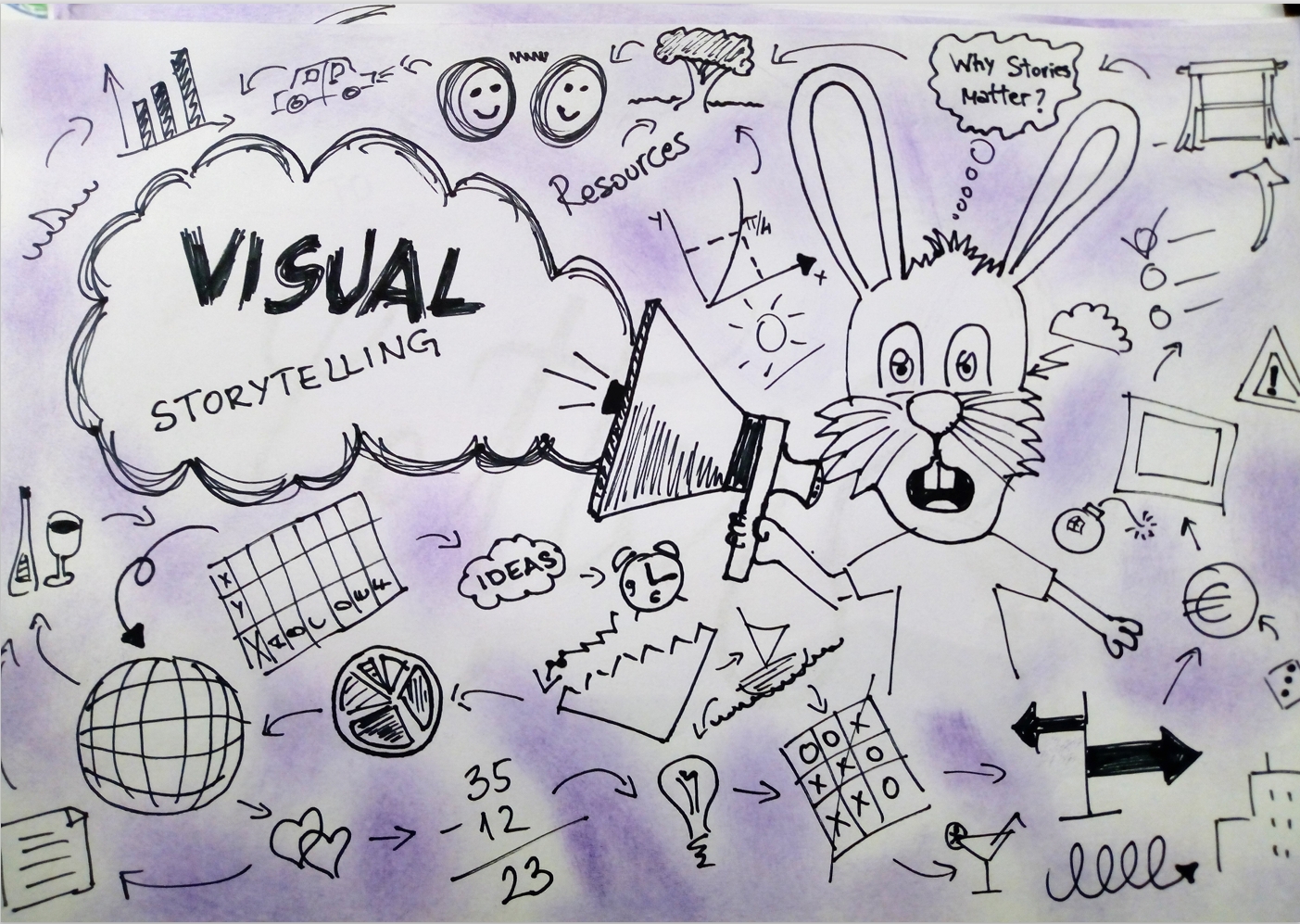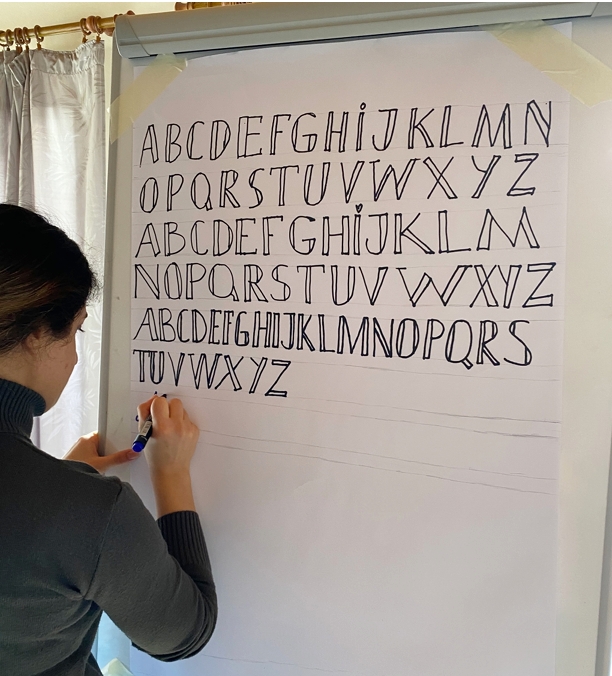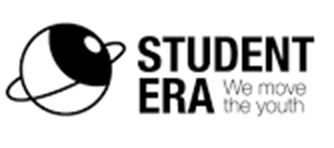Think Like Ink
Welcome to the world of graphic facilitation!
As the trainers of the "Think Like Ink!" training course, we are excited to present this manual—a product of the creative methods and innovative techniques we explored together during the program. Developed within the framework of the Erasmus+ project, this manual aims to elevate the quality of educational delivery for young learners by introducing graphic facilitation as a dynamic and impactful tool.
Throughout the training, we had the pleasure of working with participants from various countries—ranging from experienced youth workers to emerging trainers—who developed their drawing abilities, boosted their creative thinking, and learned how to visually communicate ideas. This manual offers practical, step-by-step guidance, useful tips, and visual references to help you integrate graphic facilitation effectively into your youth work practice.
Whether you're a seasoned professional looking to refine your visual communication skills or new to the field and eager to bring creativity into your work, this guide is crafted to support your development. It shows how graphic facilitation can enrich workshops, presentations, meetings, and other learning environments by making them more engaging and accessible for young audiences.
But this manual is about more than just drawing—it also champions creativity, inclusion, and active participation in youth work. We invite you to move beyond conventional teaching strategies and discover fresh, imaginative ways to connect with young people. In doing so, you'll not only strengthen your visual skills but also grow your organizational capacity, explore new approaches to solving challenges, and broaden your network of collaborators.
We hope this manual becomes a lasting resource in your educational journey—one that inspires you to think creatively and teach more effectively. We believe graphic facilitation has the power to reshape how we engage with youth and make learning more meaningful. So join us on this creative path—and let's Think Like Ink! together.

Objectives
The "Think Like Ink!" project was designed to enhance the way educational content is delivered to young people by introducing graphic facilitation as an effective learning tool. Youth workers and leaders often faced challenges in maintaining young people's attention during workshops, meetings, and presentations. This project offered targeted training to youth workers across Europe, helping them develop visual communication skills and encouraging the belief that anyone can draw—not just artists.
Eligible participants were required to be motivated to contribute to the long-term strategic development of their NGOs and the quality of their youth work. They needed to understand their organization's goals and show commitment to remaining in the youth or education sector. Relevant experience or a strong desire to become a youth worker was essential. Participants were also expected to engage actively, consider the perspectives of young people and junior staff, and be open to developing their graphic skills to meet evolving needs.
The training was conducted in English and focused on building participants' confidence in drawing, visual expression, and spatial reasoning. Organizations involved in the project gained valuable benefits: enhanced organizational skills, new methods for addressing challenges, stronger international cooperation experience, and access to a wider network of capable trainers and partners.
The project's impact was envisioned at both local and international levels, as many participating organizations were already engaged in Erasmus+ mobility activities. A free digital graphic manual was created, offering practical guidance, visual examples, and insights from both trainers and participants for youth workers across Europe.
The central theme of the project was the use of graphic facilitation techniques to improve youth mobility initiatives under the Erasmus+ program. Participants—youth workers and trainers aged 18 to 35 from various countries—learned how to visually represent ideas, enhance creativity, and apply innovative tools in their work. The training used non-formal learning methods such as interactive workshops, simulations, group discussions, and practical exercises. Hands-on sessions allowed participants to apply their new skills through individual or group work using sketchbooks and flipcharts in a "learning by doing" format.
"Think like Ink"
What is Graphic Facilitation?
Graphic facilitation is a powerful method that youth workers, trainers, and facilitators can use to visually convey ideas and concepts. This approach helps capture the attention of young learners and encourages their active engagement—regardless of whether they have artistic skills. Visual communication resonates strongly with youth, offering a creative, interactive way to support learning, dialogue, and collaborative decision-making.
In youth workshops and other educational environments, graphic facilitation fosters active involvement and group collaboration. It enables young people to visually organize their thoughts, share viewpoints, and take part in discussions in a clear and accessible format. Additionally, it provides a concrete, visual record of ideas and reflections that can be easily remembered and referenced.
Graphic facilitation is not limited to formal education—it is also highly effective in non-formal youth work. Youth workers can apply this method in various settings such as team meetings, brainstorming activities, and community consultations. By using simple symbols and illustrations, graphic facilitation helps bridge language and cultural differences, making it a truly inclusive practice that reaches a wide range of young people.
Importantly, being a skilled artist is not a requirement. What matters is learning the right techniques and developing the confidence to use visual tools. With appropriate training, youth workers can integrate graphic facilitation into their methods, creating more inclusive, participatory, and engaging environments. Through the use of visual language, this approach promotes creativity, active involvement, and critical thinking—empowering young people to express themselves in new and impactful ways.

